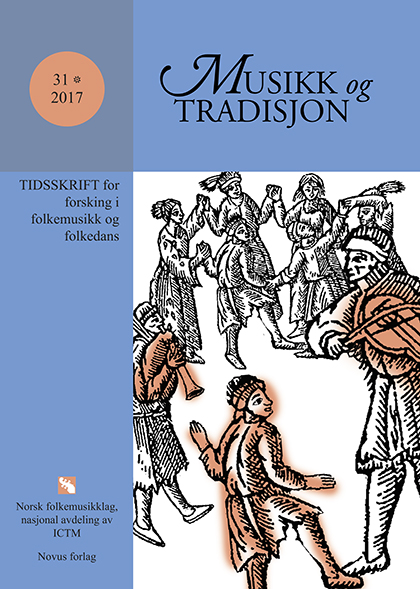Sammendrag
This article attempts to investigate how Norwegian traditional music is gendered. There have been few such investigations in the past. Some songs are work songs and function as a tool to lighten the work itself. Each song is created for either men's work, or women's. Other songs describe the actual conditions for men or women. There exist, for example, some songs which illustrate how women had to be passive and merely wait for a marriage pro-posal. There are numerous love songs describing relationships between men and women. They can focus on love and rejection, proposals and marriages, or about the different roles for both sexes. In addition, there are a number of erotic songs. Some of these depict the man as dominant, whereas some depict the woman as dominant, and some songs illustrate equality between men and women. The music itself can have associative bonds to femininity or masculinity. In this way, the music can underline the content of a song which relates to gender. Men and women often sing the same songs. Tra-ditionally, men have played the fiddle, but this has changed radically in re-cent years. In Sami tradition, yoik functions as a symbol for an individual. Both women and men are able to have yoik songs, on equal terms. The melody can sometimes be feminine or masculine in character. It is also pos-sible to add love text or erotic text to a yoik song. Listen to the songs at www.uit.no/folkemusikk
Dette verket er lisensiert under Creative Commons Attribution-NonCommercial-ShareAlike 4.0 International License.
Opphavsrett 2018 Musikk og Tradisjon

